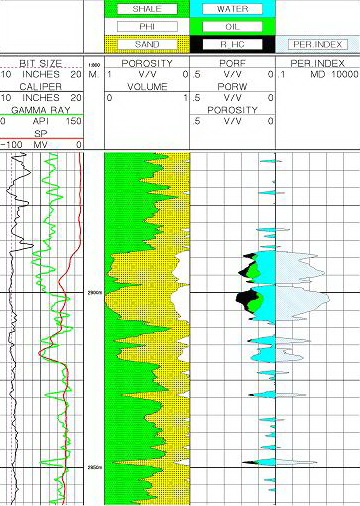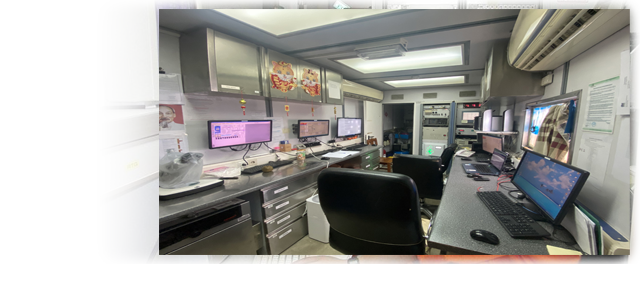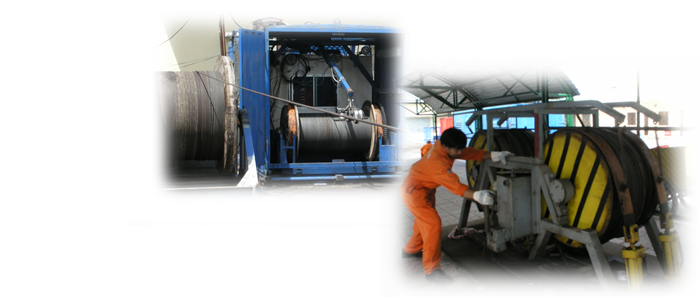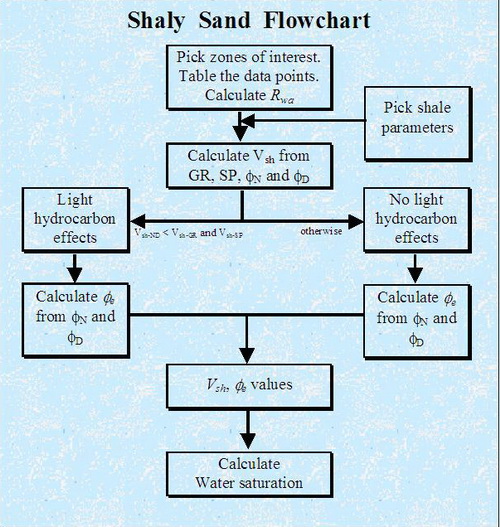L&TD
LOGGING & TESTING DIVISION

SASHA SAnd SHale Analysis
| SASHA is one of the most useful and effective softwares in petrophysical analysis. The program has two basic options to evaluate these parameters: · The general case when any type of hydrocarbons may be present and hence the density of hydrocarbons is not known. · When density of hydrocarbons is known and there is little or no invasion. This option is primarily designed to evaluate tight gas sands where the density of gas is usually known and there is no invasion due to very low permeability.
Shale content is computed from one or several (as a minimum) of the following shale indicators: Gamma Ray, SP, Deep resistivity curve, Thorium, Potassium, Thorium+Potasium, Neutron, Density-Neutron cross plot, and Density-Acoustic cross plot; or an external shale volume Vsh is used for the volume of shale. Porosity is computed from the Density-Neutron cross plot or Density-Acoustic cross plot or single porosity logs: Density, Neutron or Acoustic. Salt and coal can be identified when necessary by setting flags and cut-off values. SASHA also corrects for the excavation effect (if desired). Several equations are included to compute water saturation: Archie. Permeability can be computed from one of two equations: Timur or Wyllie-Rose. Effective permeabilities for hydrocarbons and water are also computed |
| This program has been used popularly in L&TD for shaly sand reservoirs. Tool response equations available are SP, GR, Rt, Rxo, density, neutron and sonic. The figure 1 shows result of SASHA processing for Shaly Sand reservoirs. The unknowns are porosity, clay volume, sand volume, water saturation, water saturation in flushed zone, hydrocarbon density, and permeability index.
|
 Fig. 1 – Results of SASHA processing for Shaly Sand |














